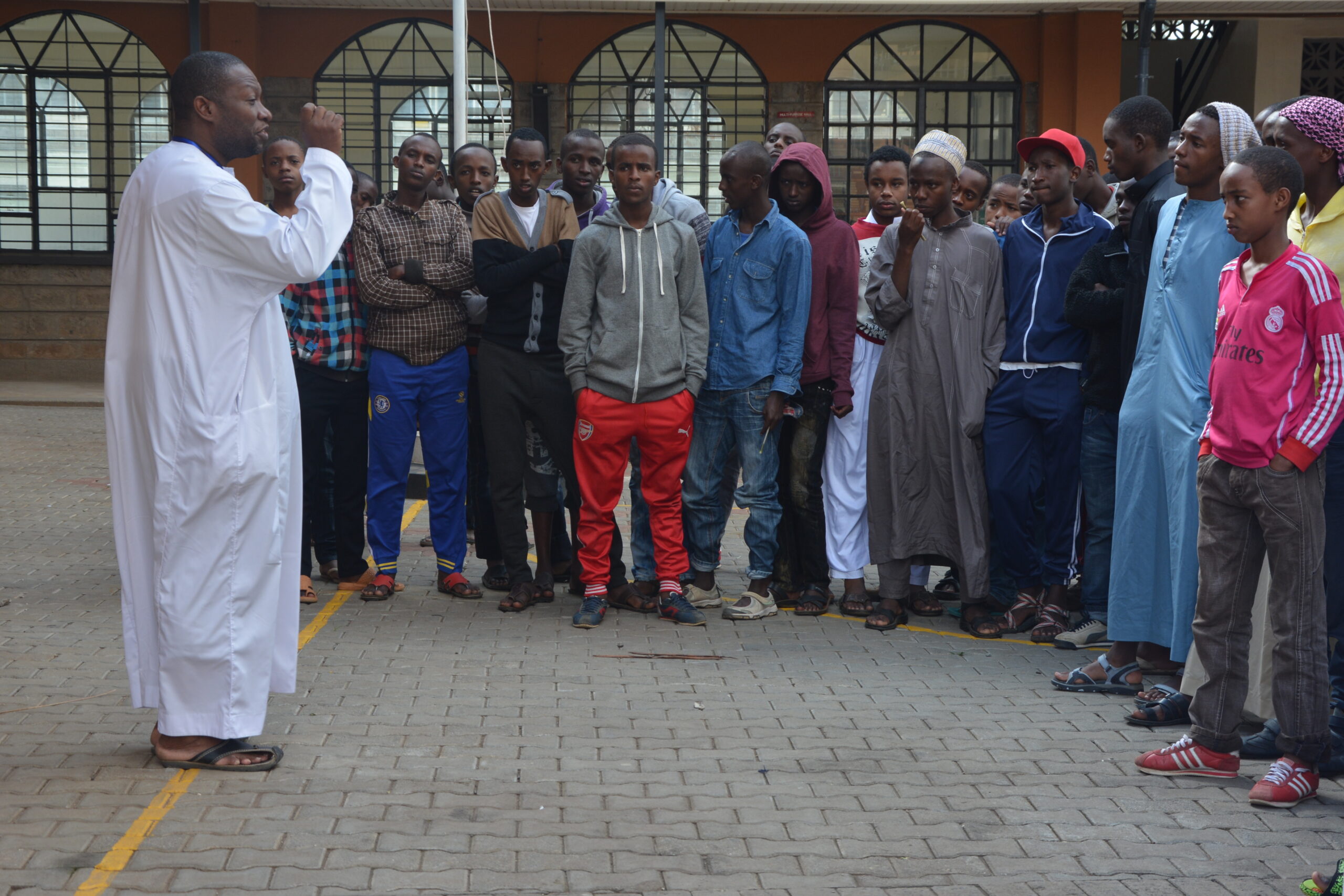We can all agree that every child has a right to survive and thrive in his or her life.
This encompasses the right to basic needs, education, love, security and success. Decades ago, the girl child was forgotten, disgraced and segregated. She used to be regarded as a tool to ease the life of man. Girls did not get education and if learning was considered they would only study to primary level and be married off. Inheritance was not their right and they had no say in any subject. Basically, girls existed behind the shadows of boys. Fortunately, educationists, professionals and human activists saw the weakness of the practise and advocated against it. Years later, the girl child has emerged to be a success and a role model to look up to. Around the world, women have emerged to be: political leaders, community leaders, professionals and educationists. Today the community offers its support for the success of girls.
Unfortunately, as much attention was put to lift the girl to higher levels, the society forgot about the boy. The low or no concern towards the boy child has led to deterioration of boys’ performance in several areas including educational performance to social interaction and overall success. This is because, the society was comfortable with the boy child’s situation at the time and unconsciously focused on the girl child to the exclusion of the boy child. In a case study of Eastern Nigeria by Onocha et al. (1999), “The boy-child situation in education”, it was noted that as promotional activities were going towards safeguarding the future of the girl child in Eastern Nigeria, the boys were forgotten and isolated. Thus, their grades and self-esteem in educational institutions drastically dropped.
In another study, “Trends and Emerging Drugs in Kenya: A case study in Mombasa and Nairobi County” by Kahuthia -Gathu et al. (2013), it was revealed that there is tremendous popularity and use of drugs among the youth in Nairobi and Mombasa towns of Kenya. Of the youth engaging in the vice, Sixty five percent (65%) were boys and thirty five percent (35%) girls. It was also revealed through the study that seventy five percent (75%) of the boys in drug related activities dropped out of school. This may support the notion that poor sense of belonging and direction among boys tends to push them to seek other avenues of support and recognition. Important to note however is that, just like girls, boys also long and dream for freedom, education, prosperity, identity and success.
Concluding, every child in this world deserves the right to strive and succeed in life. Every child also deserves love and guidance. No child is better or lesser, thus we should not prioritise our attention on one and leave the other.

Engaging the youth through peace and development activities in Kenya
Reference:
- Onocha, C.O., Okpala, P. N. & Grace Offorma, ((1999). The Boy-Child Situation In Education: A Case Study of Eastern Nigeria, UNESCO Regional Office in Dakar, 1999.
- Kahuthia -Gathu et al. (2013). Trends and Emerging drugs in Kenya; Journal of Applied Biosciences. 67:5308 – 5325
Save
Save
Save
Save
Save

